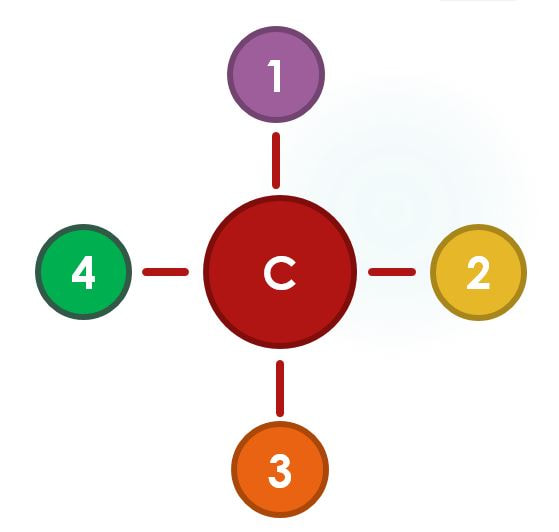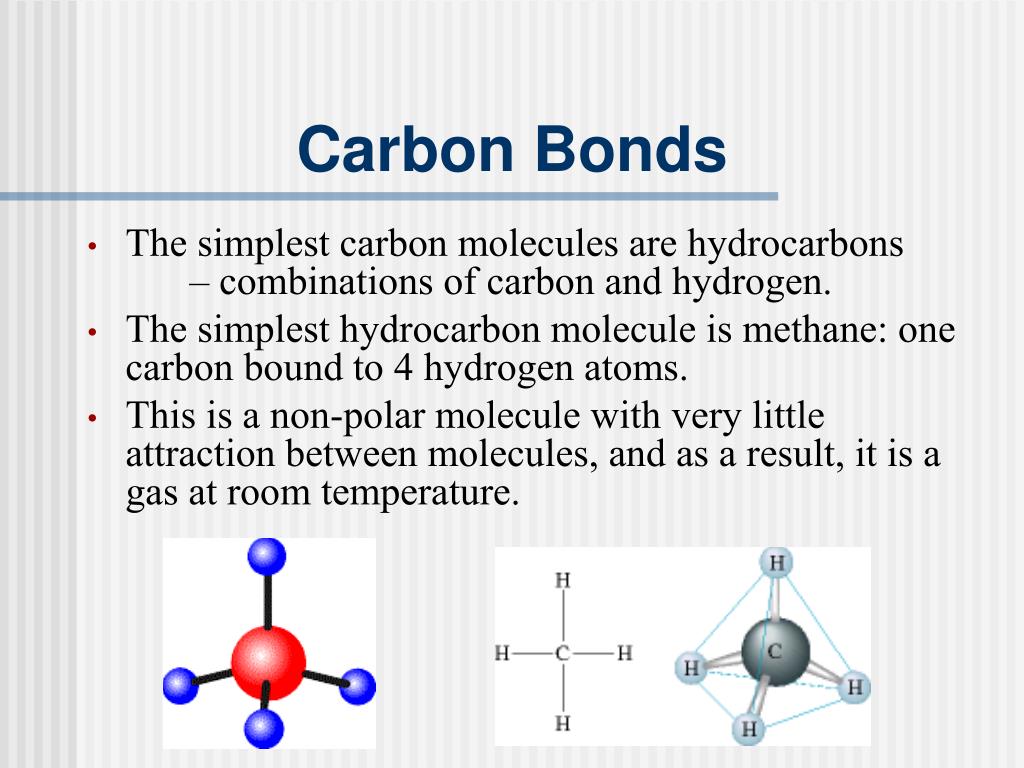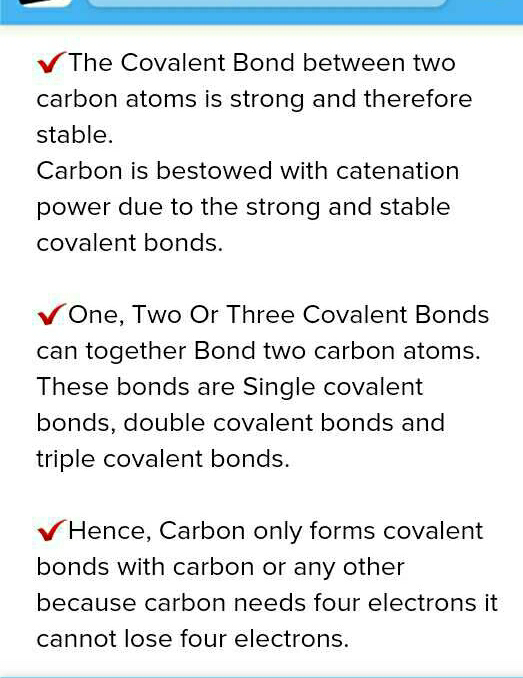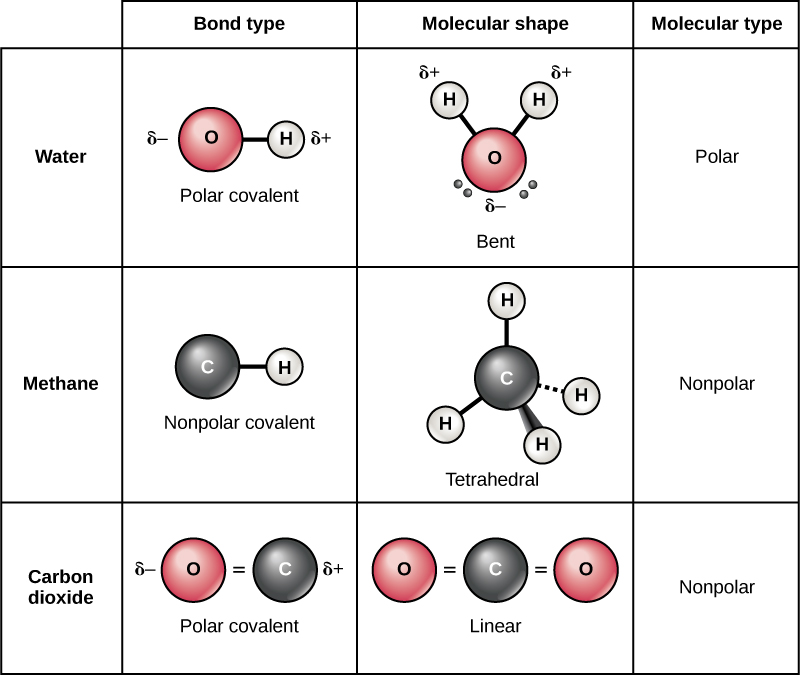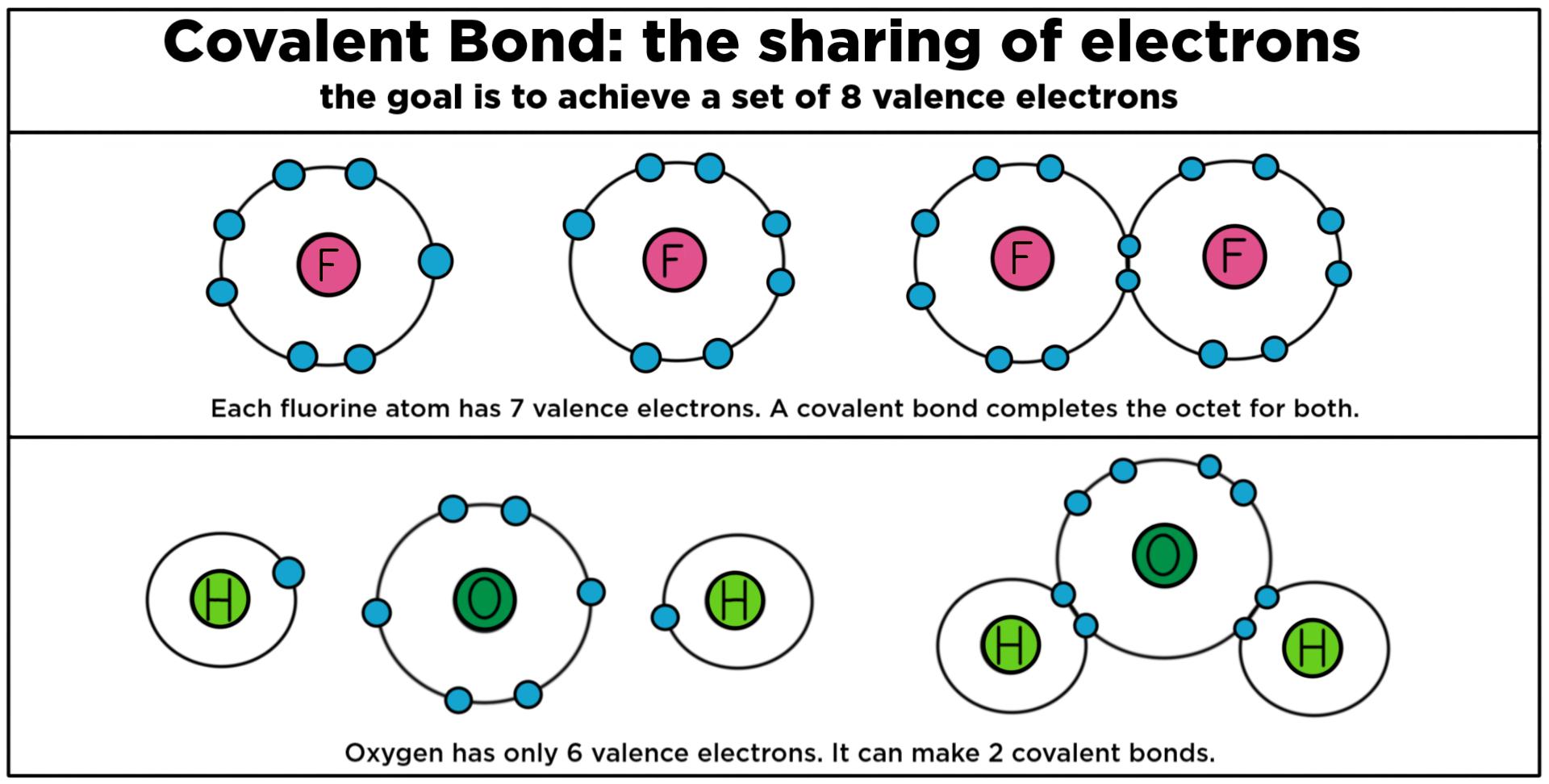Why Does Carbon Form Covalent Bonds
Why Does Carbon Form Covalent Bonds - Hence, carbon form covalent bonds because it. It cannot donate or accept four electrons for completing its. Giant covalent substances contain many atoms joined together by covalent. Web solution the most common type of bond formed by carbon is a covalent bond. Carbon has atomic number 6. Web the electrostatic attraction of the nuclei of the two atoms for the identical electrons causes the bonding in covalent compounds. The simplest carbon molecule is methane (ch 4 ), depicted here. Web so, in order to completely fill the octet carbon atom will combine with atoms that can provide 4 additional electrons to a carbon atom. It has an electronic configuration 1 s 2 2 s 2 2 p 2. [1] the most common form is the single bond:
Web solution verified by toppr carbon has 4 electrons in its outermost shell, and needs to gain or loss 4 electrons to attain nobel gas configuration. Web carbon can form four covalent bonds to create an organic molecule. Web carbon atoms in diamond form a 'tetrahedral' arrangement properties and uses. Well, carbon can form up to four covalent bonds. The simplest carbon molecule is methane (ch 4 ), depicted here. The carbon atom is unique among elements in its tendency to form extensive networks of covalent bonds not only with other elements but also with itself. Web the electrostatic attraction of the nuclei of the two atoms for the identical electrons causes the bonding in covalent compounds. Web answer (1 of 12): This is because carbon has 4 valence. Giant covalent substances contain many atoms joined together by covalent.
A bond composed of two electrons, one from each of. So it's electronic configuration is ( 2,4). That is it has two electrons in it's first (k) shell and four electrons in its second (l) shell. Web carbon use this gcse chemistry study guide to revise the structure of the carbon atom and more. Hence, carbon form covalent bonds because it. Giant covalent substances contain many atoms joined together by covalent. Losing or gaining 4 electrons is not. Well, carbon can form up to four covalent bonds. Web why does carbon form covalent bonds? Web the electrostatic attraction of the nuclei of the two atoms for the identical electrons causes the bonding in covalent compounds.
Chemical Bonds Physio SCIENTIST CINDY
Web one carbon atom forms four covalent bonds with four hydrogen atoms by sharing a pair of electrons between itself and each hydrogen (h) atom. With hydrogen, nitrogen, oxygen, and other heteroatoms. Hence, carbon form covalent bonds because it. The simplest carbon molecule is methane (ch 4 ), depicted here. Web carbon can form four covalent bonds to create an.
PPT Biochemistry PowerPoint Presentation, free download ID89333
This is because carbon has 4 valence. Well, carbon can form up to four covalent bonds. Web solution verified by toppr carbon has 4 electrons in its outermost shell, and needs to gain or loss 4 electrons to attain nobel gas configuration. Web carbon generally forms compounds by covalent bonds because: Web answer (1 of 12):
Why does carbon form covalent bond ? EduRev Class 10 Question
This is because carbon has 4 valence. Web solution the most common type of bond formed by carbon is a covalent bond. Web if carbon forms 4 bonds rather than 2, twice as much energy is released and so the resulting molecule becomes even more stable. Losing or gaining 4 electrons is not. Web carbon generally forms compounds by covalent.
Why does Carbon always form covalent bonds Science Carbon and its
It has an electronic configuration 1 s 2 2 s 2 2 p 2. There is only a small energy. Web carbon atoms in diamond form a 'tetrahedral' arrangement properties and uses. [1] the most common form is the single bond: This is because carbon has 4 valence.
Four covalent bonds. Carbon has four valence electrons and here a
The carbon atom is unique among elements in its tendency to form extensive networks of covalent bonds not only with other elements but also with itself. Web solution the most common type of bond formed by carbon is a covalent bond. A covalent compound is a molecule produced by. Web carbon can form four covalent bonds to create an organic.
Carbon to Carbon Single, Double & Triple Bonds Surfguppy
Web carbon can form four covalent bonds to create an organic molecule. Well, carbon can form up to four covalent bonds. Web answer (1 of 12): A covalent compound is a molecule produced by. Hence, carbon form covalent bonds because it.
Why does Carbon always form Covalent Bond? Freakgenie
The carbon atom is unique among elements in its tendency to form extensive networks of covalent bonds not only with other elements but also with itself. Losing or gaining 4 electrons is not. Web so, in order to completely fill the octet carbon atom will combine with atoms that can provide 4 additional electrons to a carbon atom. Web if.
Covalent Bonds Biology for NonMajors I
[1] the most common form is the single bond: Web why does carbon form covalent bonds? Web carbon generally forms compounds by covalent bonds because: Web answer (1 of 12): Carbon has atomic number 6.
Covalent Bond Biology Dictionary
Well, carbon can form up to four covalent bonds. It cannot donate or accept four electrons for completing its. Web carbon use this gcse chemistry study guide to revise the structure of the carbon atom and more. Carbon has atomic number 6. Web why does carbon form covalent bonds?
Forms of Binding in Crystals Overall Science
[1] the most common form is the single bond: Losing or gaining 4 electrons is not. Web carbon generally forms compounds by covalent bonds because: Web solution the most common type of bond formed by carbon is a covalent bond. Web carbon atoms in diamond form a 'tetrahedral' arrangement properties and uses.
There Is Only A Small Energy.
That is it has two electrons in it's first (k) shell and four electrons in its second (l) shell. Web solution verified by toppr carbon has 4 electrons in its outermost shell, and needs to gain or loss 4 electrons to attain nobel gas configuration. [1] the most common form is the single bond: Web answer (1 of 12):
Well, Carbon Can Form Up To Four Covalent Bonds.
Web so, in order to completely fill the octet carbon atom will combine with atoms that can provide 4 additional electrons to a carbon atom. It has an electronic configuration 1 s 2 2 s 2 2 p 2. Web why does carbon always form covalent bond? Hence, carbon form covalent bonds because it.
With Hydrogen, Nitrogen, Oxygen, And Other Heteroatoms.
Web carbon atoms in diamond form a 'tetrahedral' arrangement properties and uses. Web carbon generally forms compounds by covalent bonds because: Losing or gaining 4 electrons is not. Giant covalent substances contain many atoms joined together by covalent.
Carbon Has Atomic Number 6.
In most cases, carbon shares electrons with other atoms. 2 comments / carbon and its compounds, chemistry, class x / by admin carbon has four valence electrons. It cannot donate or accept four electrons for completing its. Web carbon use this gcse chemistry study guide to revise the structure of the carbon atom and more.
